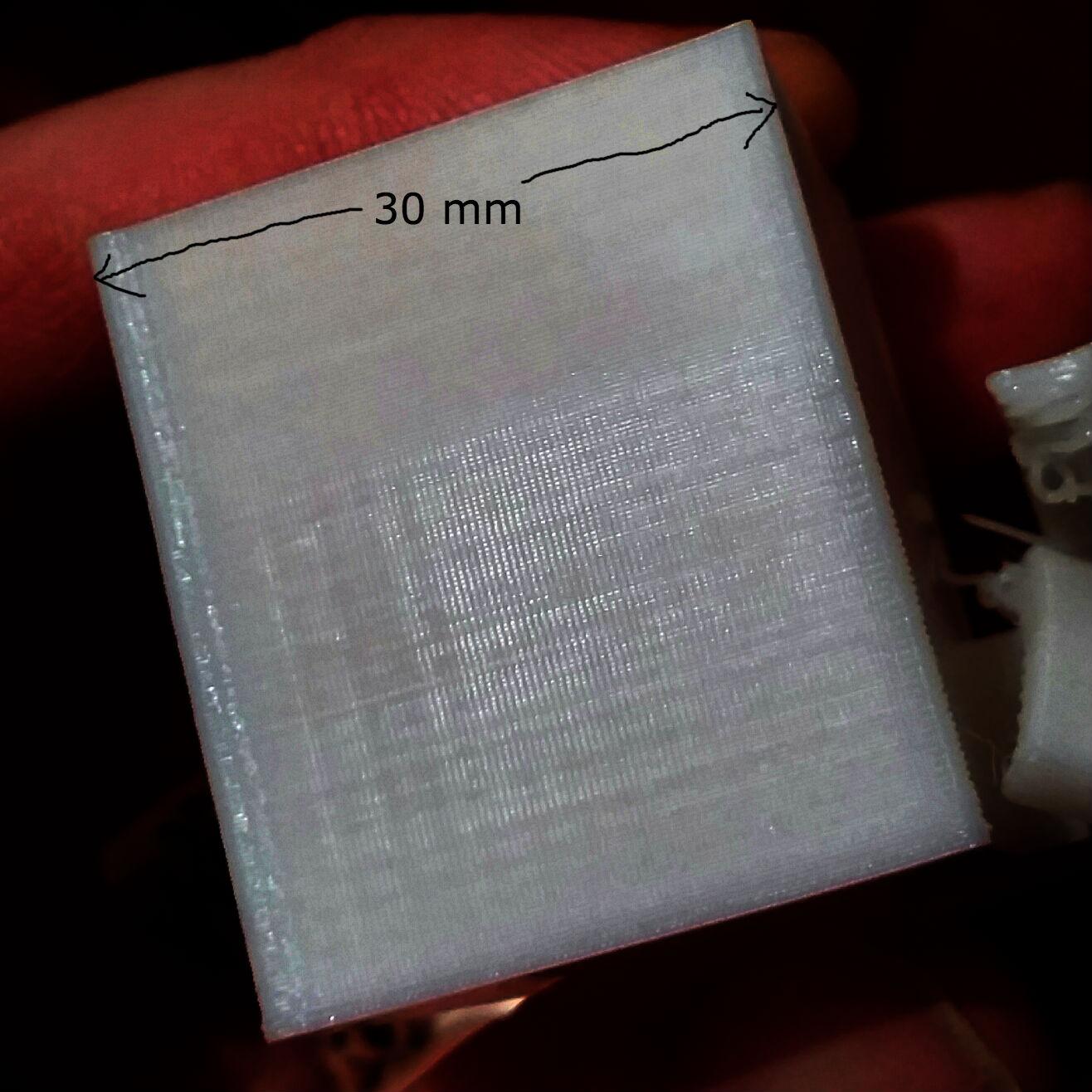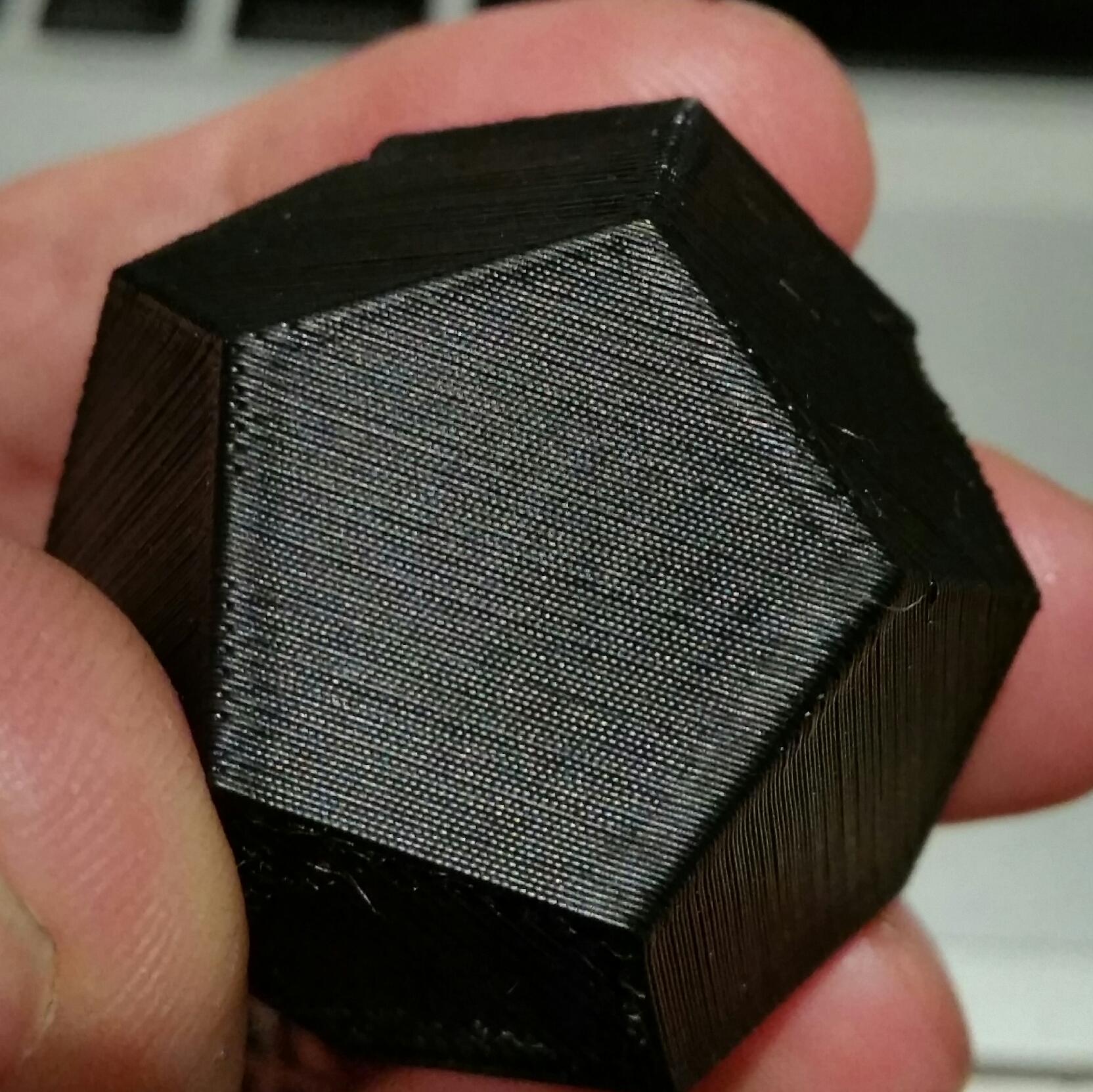Odd vertical lines showing up
New to Repetier, but I'm familiar with other firmwares like Marlin and Sailfish. I've recently changed the electronics on my custom core-xy bot from Rumba\DRV8825s\Marlin to RADDS\SD6128s\Repetier.


The old & new stepper drivers are both set to 1/32 microstepping.
I'm seeing new artifacts in my prints that didn't show up with the Rumba\Marlin combo: Tiny 'steps' in my layers, that when lined up form vertical bands. Measuring them, there's 3 per mm. I have two pictures showing this below.
I've done additional tests printing cubes lined up with the build platform, and rotated 45 deg on Z: The issues only show up on the 'lined up' cubes, not the '45 deg cubes': Which makes me think this is an issue with core-xy: When at 45 deg, only one stepper is driving the motion, and while 'lined up with the bed', both steppers are firing to drive the head straight.
Any thoughts as to what could be causing this? Thanks



Comments
https://img11.hostingpics.net/pics/911265DSC00685.jpg
Someone of you have found a solution since this last post?
Except this problem my printer works very well, but all my print is ugly only because this. it makes me crazy...